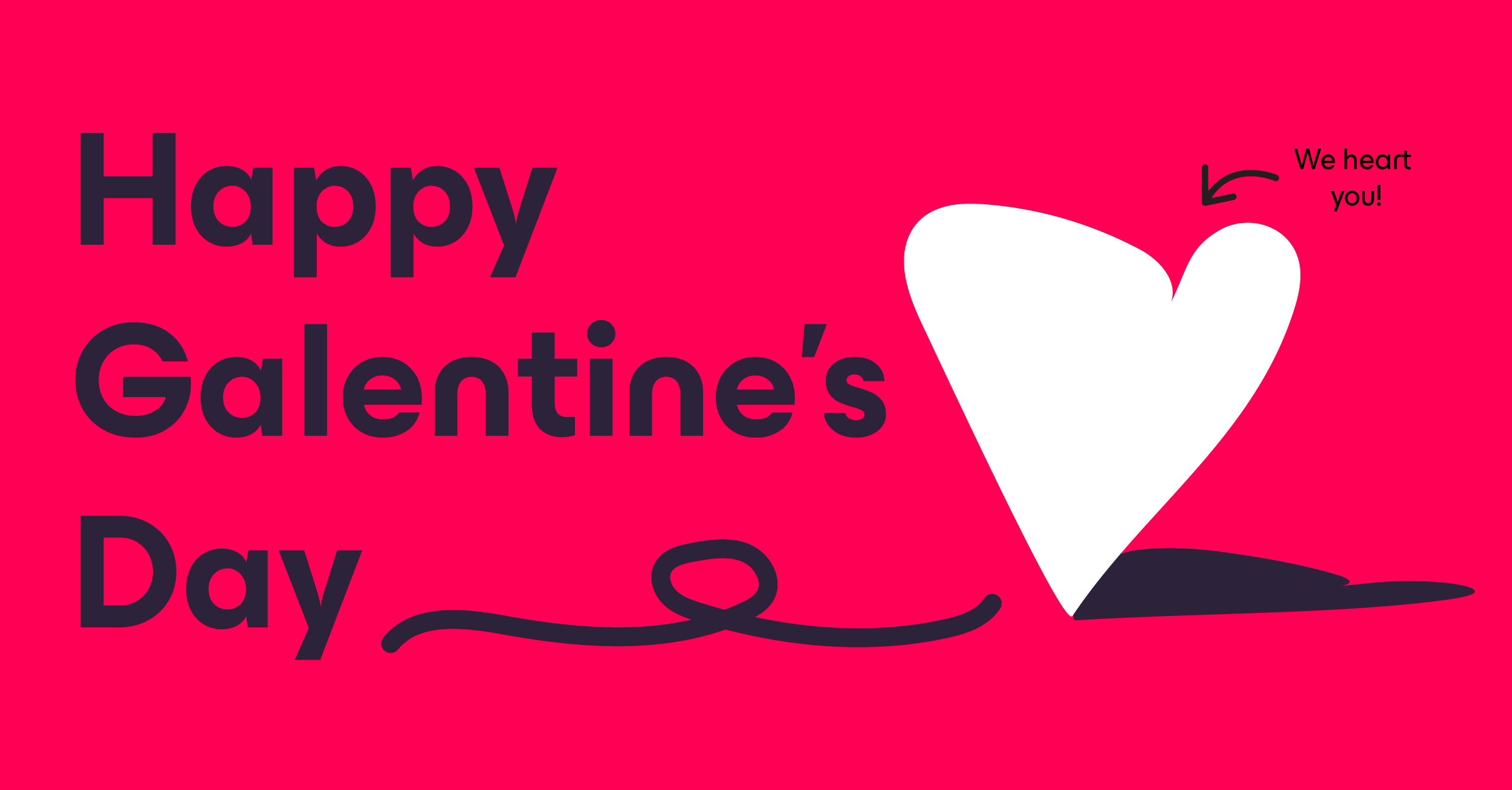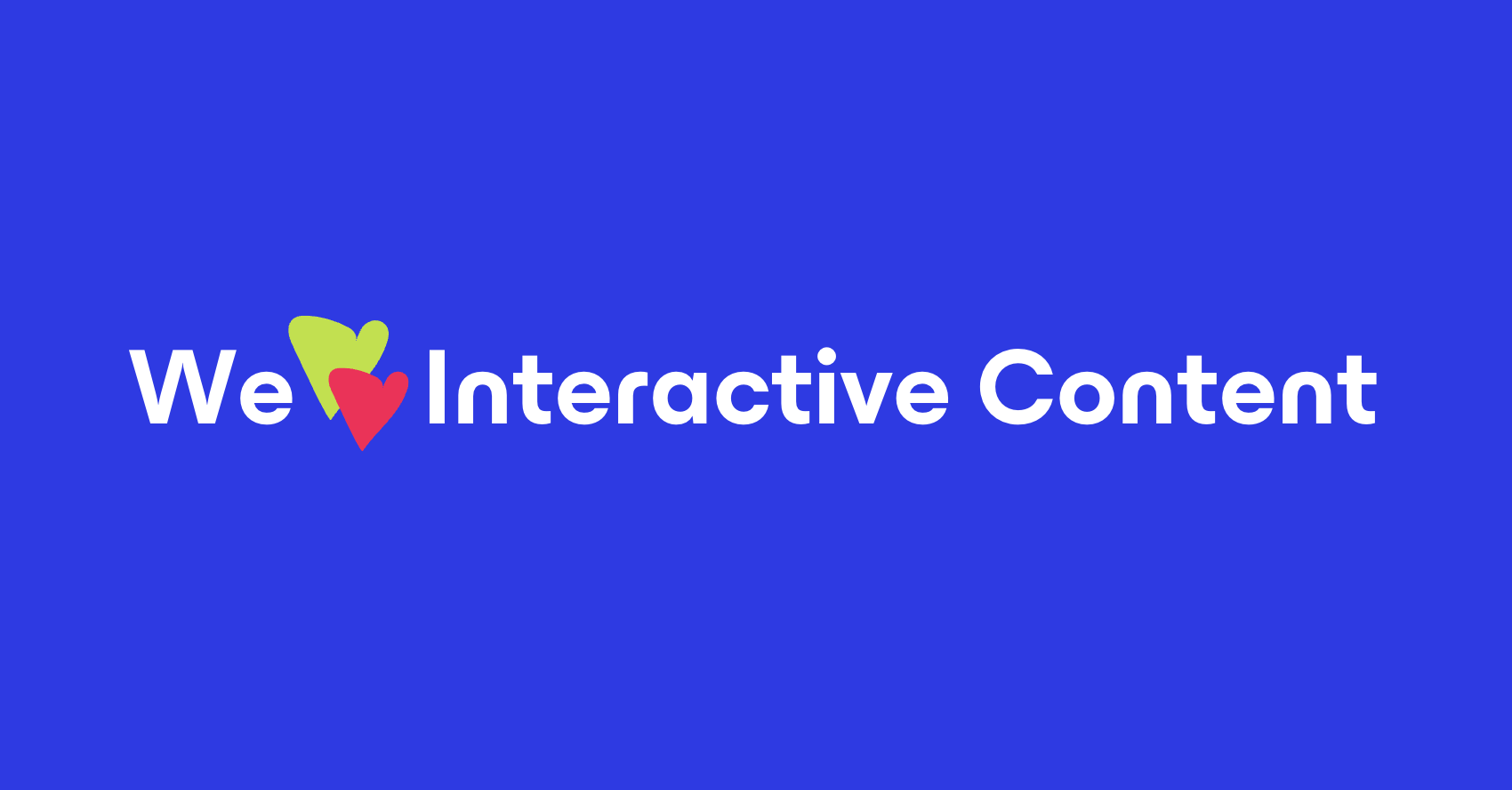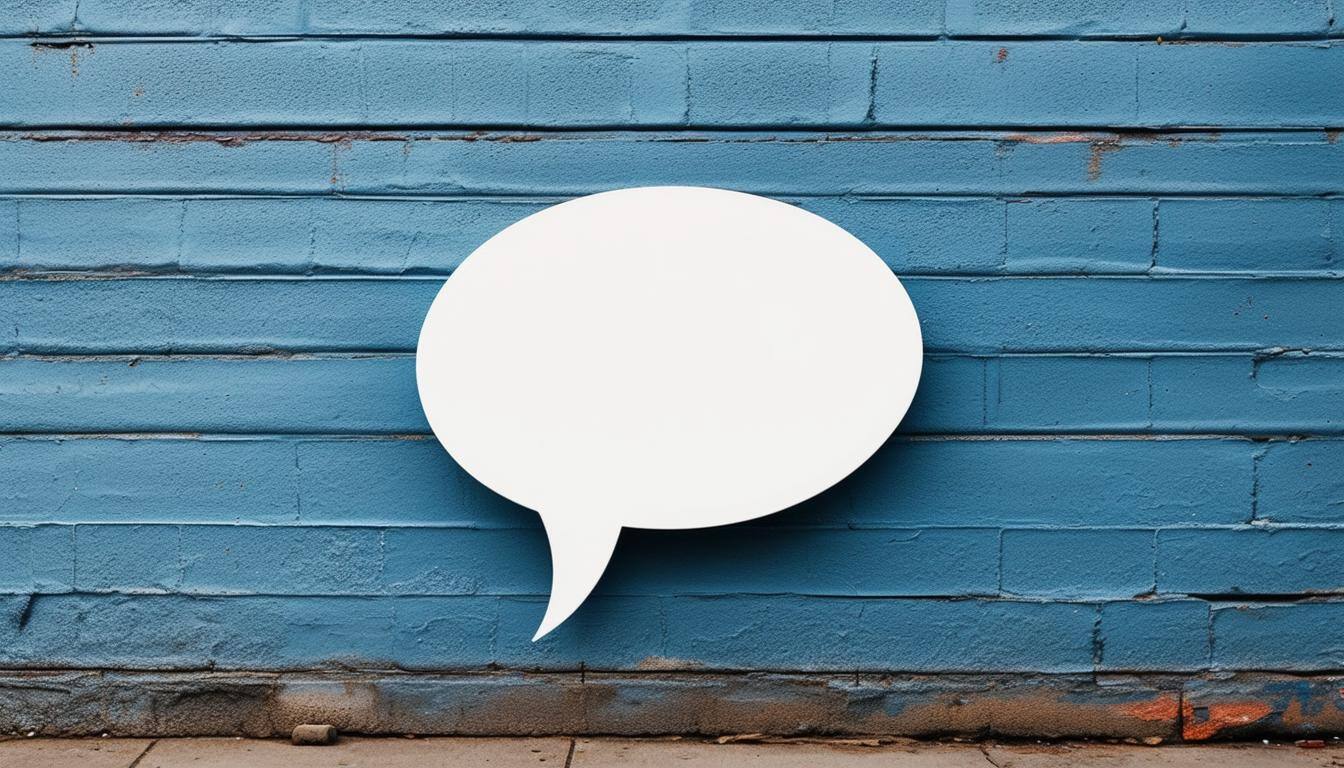Why Geo-Targeting is So Effective: An Interview with DemandWorks
UDG launched our GeoMarketing for Events service at the beginning of 2020, and we all know what happened next! We are pleased to bring this service back, as in-person events start to make a comeback and our clients look for innovative ways to reach their audiences with an integrated digital approach that engages potential event attendees before, during and after the show.
We took this opportunity to interview our friend Alex Bauer, who runs digital marketing for DemandWorks, one of our favorite partners for all things demand-related.
UDG: Alex, with IRL events coming back, our clients are hungry to maximize their trade show investments with geomarketing. How does geomarketing for events provide that extra lift?
Alex: It’s an exciting year for in-person events, and we’re thrilled to get back to it. Whether or not your organization plans to attend events this year, geo-targeting is an excellent initiative for any company. Whether you are an event sponsor, attendee or not attending, you can leverage geo-targeting to increase your brand awareness to the prospects that matter most.
Geo-targeting events will help ensure your brand stays top of mind while they are there.
UDG: Let’s break it down. How do you determine how to approach on-site vs. post-event?
Alex: We typically have three separate ad groups when we are targeting events.
- Pre-Event
- Before the event, if we have a pre-event registration list, we will go through our database and match as many attendees as possible.
- This allows us to subtly start serving brand awareness ads to the attendees in the weeks leading up to the event to help get them familiar with our brand before seeing us in person.
- On-Site
- The week of the event, we will place a digital “geo-fence” around the conference center and will be able to serve ads to the devices that enter that area. We tend to find this the most accurate way of geo-targeting attendees.
- On top of targeting the specific location that the event is taking place, we can also target the same hotels that the attendees are staying at or the airport on the days attendees are arriving/leaving the event.
- This ad group usually features creatives stating that your organization is also attending the show and can push users to visit your booth.
- If your company has excellent giveaways or swag, it might be worth promoting to drive visitors to your booth.
- The week of the event, we will place a digital “geo-fence” around the conference center and will be able to serve ads to the devices that enter that area. We tend to find this the most accurate way of geo-targeting attendees.
- Post Event
- Our post-event strategy is similar to our pre-event. We will continue to re-target the users that were in our geo-fenced areas during the days of the event for the weeks that follow.
- This ad group usually has a variety of ad creatives.
- Promoting content such as a whitepaper or ebook that was also promoted at our booth during the event.
- Brand awareness ads
- Client testimonials to start building trust.
UDG: What types of retargeting do you see most successful?
Alex: We tend to find the best results by matching the pre-event and post-event registration lists to our first-party audience data and the geofence of the specific event location. First-party data is always the most reliable way of targeting users, and the same goes for events. This method enables us to target specific individuals on a 1:1 basis, and in return, helps control wasted impressions.
You will always see better results from the geofence targeting the main event center as the people in that destination are most likely to be attending the event.
As an added element to your strategy, if your event is large (Dreamforce, for example), you could consider geo-fencing the airport, restaurants and local hotels where you can assume most attendees are participating in the event. Our friends at UDG can help you work through the different levels based on your event size, budget and goals.
UDG: One of our favorite use cases is take-away campaigns. For example, if company A and company B are competitors, company A can geofence company B’s user conference with competitive messaging. What is your favorite use case?
Alex: Exactly right! That is one of the best use cases right there.
Another use case I love is targeting events that just aren’t in the budget to sponsor or attend this year. With how many unique events are happening each year, it’s impossible to attend them all. So geo-targeting is a great way to be “present” without having to break the bank on another booth sponsorship.
UDG: It’s all about results though, isn’t it? Can you share some client results, both at the event and in retargeting?
Alex: Just like with other display initiatives, the results can be hard to dissect. Especially in the B2B space, where we aren’t sending the end-user to a product that can be purchased and tracked to measure the ROI of the campaign. The action or conversion that stems from the click might happen months down the road but was influenced by that first impression.
By leveraging our first-party audience and various partners, we can provide insights on each campaign that goes beyond just clicks and CTRs. For example, you will get an inside view into which of your top accounts engaged the most with the ads or which ad creative resonated best and can further your targeting to the accounts that took action.
UDG: Totally agree. And there are other ways where you can use what you do with your geo-targeting to support other marketing efforts.
So for example, I’m thinking of one campaign we did here at UDG. We added Facebook proximity ads to draw attention and deliver booth visitors throughout the show and continue to build awareness with retargeting. We Geo-fenced the conference site with ads promising a special gift for visiting the booth and remarketed ads promoted a downloadable insurance research study. The geomarketing campaign ran for three days, while remarketing continued to reach prospects for two weeks via mobile ads and two months via Facebook.
Our client was pleased with results that she could attribute to the event: $400K pipeline with 19 MQLs and 12 opportunities in the company’s brand-new insurance vertical. It boosted brand awareness with 3.5K mobile ad impressions at a 0.12% CTR during the tradeshow and an additional 80+K impressions and 0.18% CTR for the two months that followed, sparking 61 downloads of its industry report.
UDG: What do we need to get started?
Alex: In an ideal world, we would start with a list of events that are happening this year and would create a plan from there. If the client is sponsoring the event and has pre-event registration lists, we can help them target those attendees in the weeks leading up to the event.
When the date of the event rolls around, we will already have a digital fence drawn around the main event space. When attendees enter that space, they will start being served ad creatives from the “on-site” ad group.
UDG: Easy breezy. And of course, UDG offers full event services so we can help with the overall event strategy, messaging, ads, pre-and post-event nurtures, and working with our friends at DemandWorks to ensure a focused Geomarketing for Events experience!
Thank you, Alex, for all of your insights. We can’t wait to see you on the road at some of the cool marketing events coming up, and of course, see your ads while we are there!
To learn more about targeting customers at events with relevant messages, head to our site and see what Geo-targeting can do for you.


